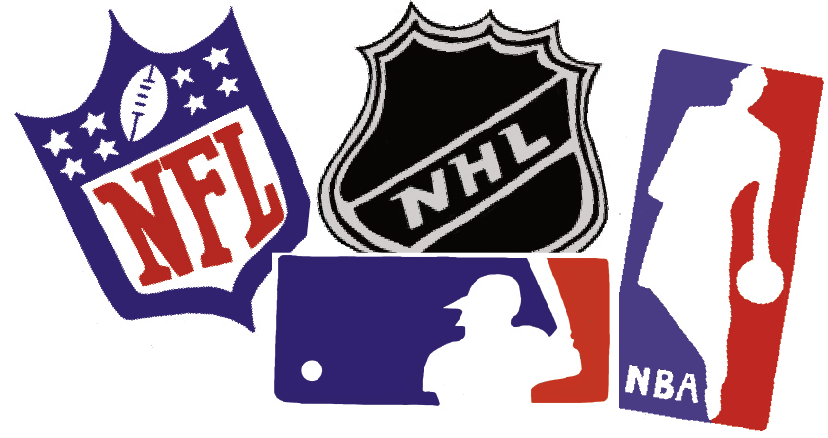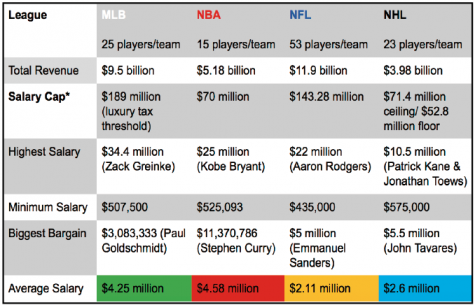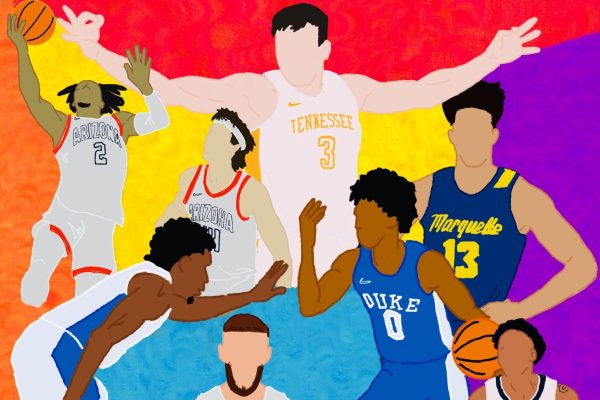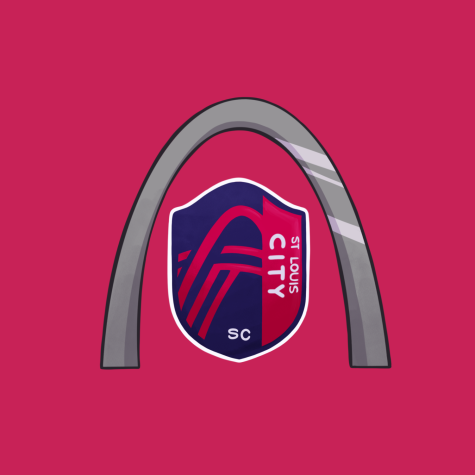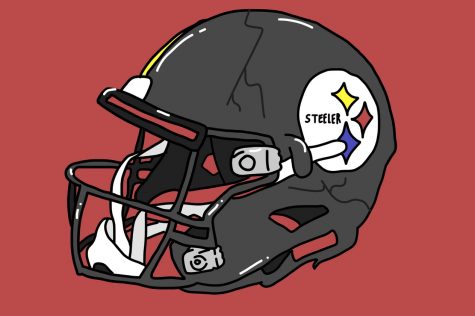Money Talks: Disparities of the American sports dollar
The revenue flowing into each sport depends upon the popularity of each sport: how many games are played, how many people can actually attend games (hockey/basketball: 20,000/less, football: 50,000 plus, and baseball: 40,000), TV contracts, merchandise, etc.
The NFL owns Sundays and baseball owns the summer. The NBA and NHL are far behind in the monetary side of sports in the U.S., but the way players make money in the NBA and the rising popularity of hockey could signal a different future in the four major sports in the U.S.
Beyond the amount of money each league actually brings in, player salaries are based on roster size. A player in the NBA (one of 12-15 players on a team) will undoubtedly have a higher average salary than a player in the NFL (one of 53 players on a team). But with the extreme health risks in football, which have been magnified in the past year, the NFL is, in comparison, paying low based on the tremendous revenue. A salary increase is unlikely, however, because looking at the NFL’s average salaries compared to other sports, it’s they are behind the curve to give it’s players adequate compensation for their part in the nation’s most thriving league.
Looking at other professional sports in the U.S. that are played individually, the top athletes in each sport make different amounts of money based off of individual appearances rather than an annual salary. Lower tiered professional boxers make an average $200/round (about $24,000/ year) before fees to their trainers, according to the Houston Chronicle’s website. Boxers do not receive a yearly salary, rather a “purse” for each fight. At the top of the boxing world, Floyd Mayweather took home a single-year record for earnings by a pro-athlete in history in 2015, earning $300 million. Mayweather’s fight in May against Manny Pacquiao was the reason for the large sum, while Pacquiao did well too, earning $160 million in 2015.
In 2013, the average salary of the top 125 qualified golfers on the PGA Tour was just under $3 million. In 2015, Jordan Spieth led the PGA Tour with just over $12 million (plus about $1 million in unofficial earnings and $10 million for winning the FedEx Cup) in on-course earnings. During Spieth’s record-breaking season, he took home about $23 million on-course, plus-more from endorsements with Under Armour, AT&T, Titleist, Rolex, NetJets, Perfect Sense and Super Strokes. Jason Day came in second at $9.4 million.
Perspective in the Major Sports… Different contracts in different sports do justice to the disparities across the U.S. sports landscapes, but fit the norm in each league. Here are some to compare:
– Patrick Kane, NHL, and Stephen Curry, NBA, make around the same amount of money ($10.5 million and $11.3 million), and are each considered one of the best players in their respective leagues.
– Reggie Jackson, NBA, makes $13.9 million, and more money than Paul Goldschmidt (MLB), Jamie Benn (NHL) and Damian Lillard (NBA) combined, all three of whom are stars in their respective sports.
– Combining the top three contracts in the NHL of Jonathan Toews, Patrick Kane and Alex Ovechkin, the total is about $30.5 million, nearly $4 million less than the MLB’s single highest paid player, Zack Greinke.
*Note: MLB has a luxury tax threshold, not salary cap… Teams spending over the $189 million threshold must pay a percent of the amount they are over: First time: 17.5 percent; Second time: 30 percent Third time: 40 percent Fourth time and higher: 50 percent.
NHL and NFL have a hard cap, meaning teams cannot go over the cap numbers. The NHL also has a minimum cap, the only sport to do so, keeping all team salaries within $20 million of each other. NBA has a soft cap with luxury tax, allowing teams to go over the cap number, but they have to pay a dollar amount based on their cap overage: $5 million and below ($1.50/excess dollar), $5-10 million ($1.75/excess dollar), $10-15 million ($2.50/excess dollar), $15-20 million ($3.25/excess dollar), and $20 million and over ($3.75 plus $0.50 per $5 million/excess dollar).
Your donation will support the student journalists of Kirkwood High School. Your contribution will allow us to purchase equipment and cover our annual website hosting costs.

Grade: 12
Twitter handle: @dompal88
If you could be another Call staffer, who would you be?: Reese Anderson, he knows almost everything their is to...


